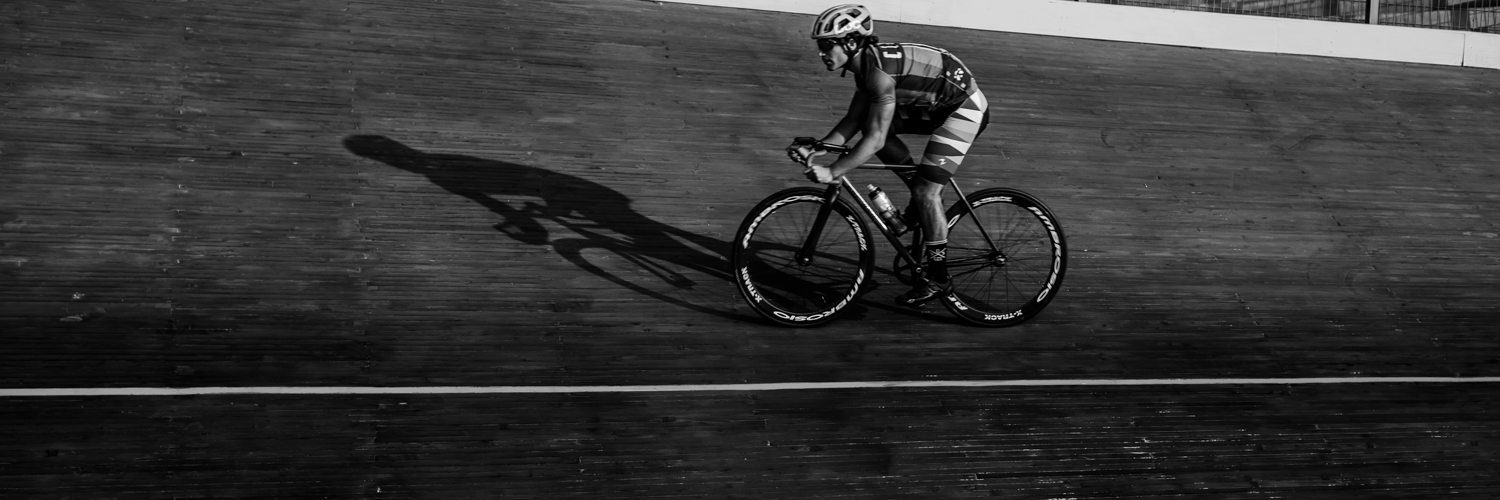Riding fixed is a lifestyle, something one has to experience to understand. It was the fixed gear bike that sparked my passion for cycling again after retiring from road cycling at the end of 2012 and barely touching a bike in the next 3.5 years. The welcoming fixed gear community only made my love for fixed gear racing stronger. However, it seems that the fixed gear racing scene currently finds itself in a transition stage, unsure of what the next step should be.
Text & Photo: Brian Megens
The hype wherein everyone wants to ride a ‘fixie’ because ‘it looks so cool’ is fading. Although bike brands probably regret this, they shouldn’t, as many of the people that got their fixie to ‘look cool’ during those years were most likely not real bike fanatics and never were going to be in it for the long-run. Those who did, an example is Colin Strickland, moved on and got themselves a decent (fixed gear/geared) bike for training and racing. Don’t get me wrong, I am not out here to discourage people from getting a fixie neither do I claim that only an elitist group should practise the sport, I would be the first to welcome everyone as making fixed gear racing more accessible is one of the core aims of this platform. What I am arguing is that with the hype being dead and the big fixed gear community, in which crit racing is growing and becoming more and more competitive demanding more training for the cyclists, it is time for the scene to mature and see and present itself as a sport in order to prevent it from a slow death alike most hypes and trends.
Red Hook Crit is doing a massive job in representing our sport and community. However, a lot of, read basically all, people from outside the scene see us as a bunch of bearded, tattooed, coffee and beer drinking hipsters on a bike without brakes, who risk their life in every corner. Yes, a lot of people have tattoos, beards, and love to drink good coffee and beer and there is nothing wrong with it, but what is often neglected is the sportive aspect of our scene. As a former UCI cyclist that raced RHC for the first time this year, I experienced that all riders competing in RHC and other major crit finals are athletes true and true, with or without tattoos. I would even go as far as saying that the bike handling skill of the average fixed gear crit racer is far beyond the bike handling skill of the average pro-cyclist. Yes, the sport is smaller than road cycling resulting in a smaller top, but the same can be said for other cycling disciplines like BMX and track cycling.
Fixed gear crit racing should and deserves to become an accepted discipline in cycling, note that I do not mean sanctioned that is a different discussion I will not go into here. In road cycling, criterium racing is also a whole other ball game than riding stage races and classics. However, it never became a fully accepted discipline in the sport. Most good crit riders get offered a spot in a (pro)continental team meaning that from one season to another they go from riding short, explosive crits to riding 150K+ stages and classics not taking into account that the qualities needed to become a good crit racer are totally different than those needed for becoming a good stage/classic rider. On top of that, the crits in Europe are slowly dying with only a hand full of people standing next to the roads from which most are family and friends of the riders.
It is not only the geared criteriums that lack spectators, I remember racing the UCI 2.1 Ster ZLM Tour in 2011 with World-Tour teams like Sky and Rabobank, and big names in the peloton like Phillipe Gilbert and Niki Terpstra, but there were barely any people standing next to the roads. It seems that only the World-Tour classics and Grand Tours have a steady level of spectators. The UCI seems to totally neglects this problem and auctions its World Championship to the highest bidder without having the sport in mind. Some World-Tour teams try to change the business model and come with initiatives that attract more spectators and possibly generate income for the them. However, with the UCI, ASO and World-Tour teams being in a constant state of conflict, a long-term solution seems far away.
In the shadow of this, and far from the bureaucratic bodies, fixed gear crit racing, with Red Hook Crit in the lead, developed itself as the most spectator friendly cycling discipline wherein crit racing and its specific skillset is respected. Furthermore, it does not matter if you are a man or a woman, everyone has their chance to shine. More and more national series, for example in Italy, Germany, the Netherlands, France, and Singapore are coming up which is key to making the sport broader, attract more riders, and increase competition. Another aspect of the fixed gear community is that it is far more social than anything I have ever experienced in my ‘career’ as a road cyclist. It is also the fear of many that, with fixed gear racing becoming a growing sport, this will be lost. However, Red Hook Crit proves year after year that despite the growing events and competition field, the atmosphere is not lost. Moreover, David Trimble, owner and founder of Red Hook Crit, even argues that the social cohesion has never been as strong as the last series.
Fixed gear racing, it is a lifestyle and sport at the same time which one can only understand by experiencing it. We are at a turning point wherein we as a community have to realise that what we are doing deserves, and must be acknowledged as a sport in order to have a long-term future. I say, the hype is dead, long live the sport!



